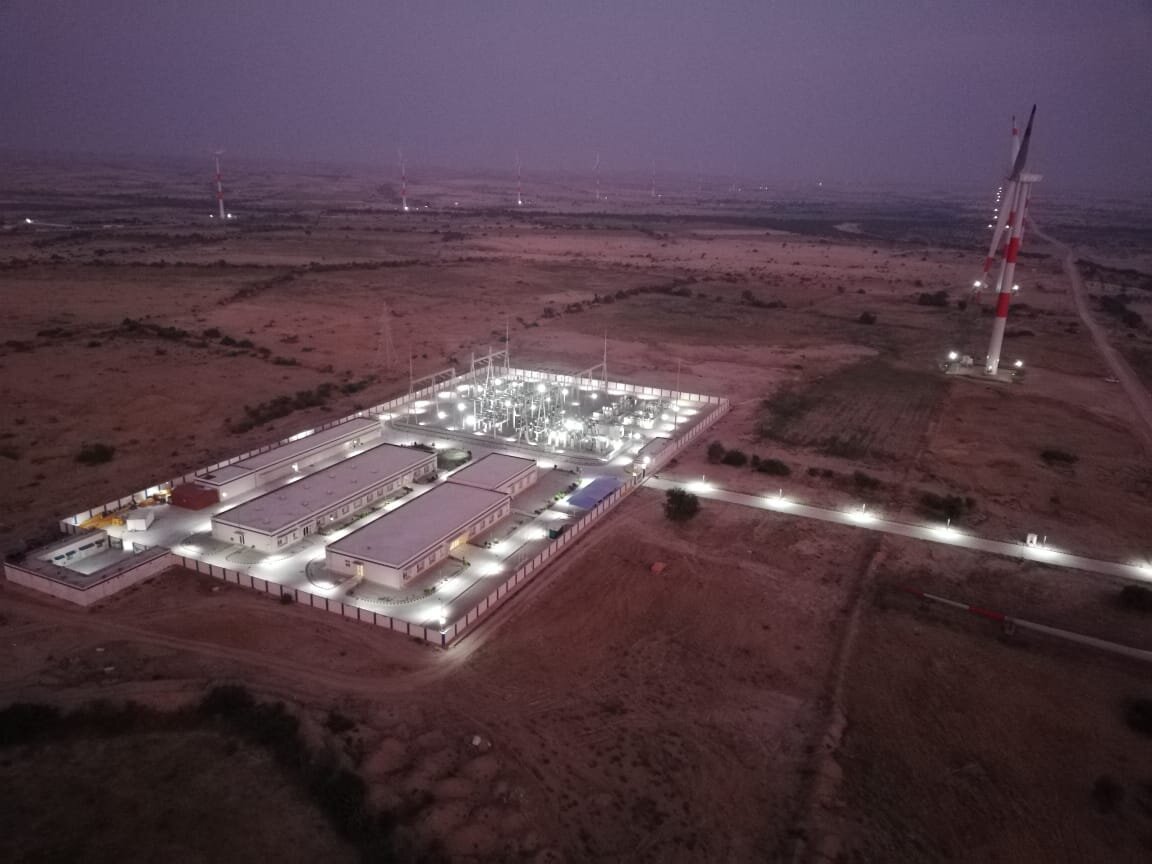
Project Overview
In May 2017, JCM Power launched its Asian platform, partnering with the JS Group through its acquisition of an interest in the 50MW Hawa wind farm located in Jhimpir, Pakistan. The project achieved commercial operation in Q1 2018. DFC, the U.S. International Development Finance Corporation, is providing debt financing for the project. In addition to the Hawa wind farm, JCM is also exploring the development of other power projects in Pakistan as part of its Asian platform.
LOCATION:
Jhimpir , Sindh, Pakistan
OWNER/DEVELOPER:
Jhimpir Power Limited (JPL).
INSTALLATION TYPE:
Wind Turbine Generators (WTGs
STATUS:
Operational
PROJECT SIZE:
50 MW
LAND AREA:
1,250 Acres
AVERAGE WIND SPEED:
7.1 meters/second
PROJECT COORDINATES:
25.1636N, 68.0072E
Project Overview
Jhimpir Power (Private) Limited (JPL) is 50 MW wind farm located in Jhimpir, Sindh, Pakistan and is the second addition to JCM’s Asian platform. JPL was developed by Burj Capital while JCM secured all regulatory approvals for majority acquisition in Jan 2021.
The project achieved commercial operations on March 16, 2018. DFC, the U.S. International Development Finance Corporation, has provided debt financing for the project. In addition to the JPL wind farm, JCM is also exploring the development of other power projects in Pakistan as part of its Asian platform.
MARKET OVERVIEW
With the installed electricity generation capacity crossing 36 GW, Pakistan is now moving towards self-sufficiency in power generation even though the renewable energy penetration remains <5%.
Transmission and distribution sectors, however, still remain a challenge for the country to ensure an efficient electricity supply chain.
In order to rationalize the overall basket price of power and reduce the dependence on imported fuel, Government of Pakistan has set out an ambitious target of achieving 30% renewable (non-hydro) integration in the national grid by 2030 in the Renewable Energy Policy 2019 that has been ratified by all apex governing bodies. To achieve this target ~24 GW of new renewables have to be added to the grid over the next decade to meet the growing demand and also replace less efficient fossil fuel generators.
The renewable energy landscape in Pakistan is now moving towards competitive bidding-based procurement and proliferation of distribution generation (C&I) platforms. Furthermore, the power market regulator has been able to implement the Competitive Trading Bilateral Contracts Market framework in collaboration with all key stakeholders. This will allow a move towards multiple buyer model which has the potential to increase the efficiency of market forces and lead to opening up of electricity markets for investors and ultimately make electricity a freely tradeable commodity.
